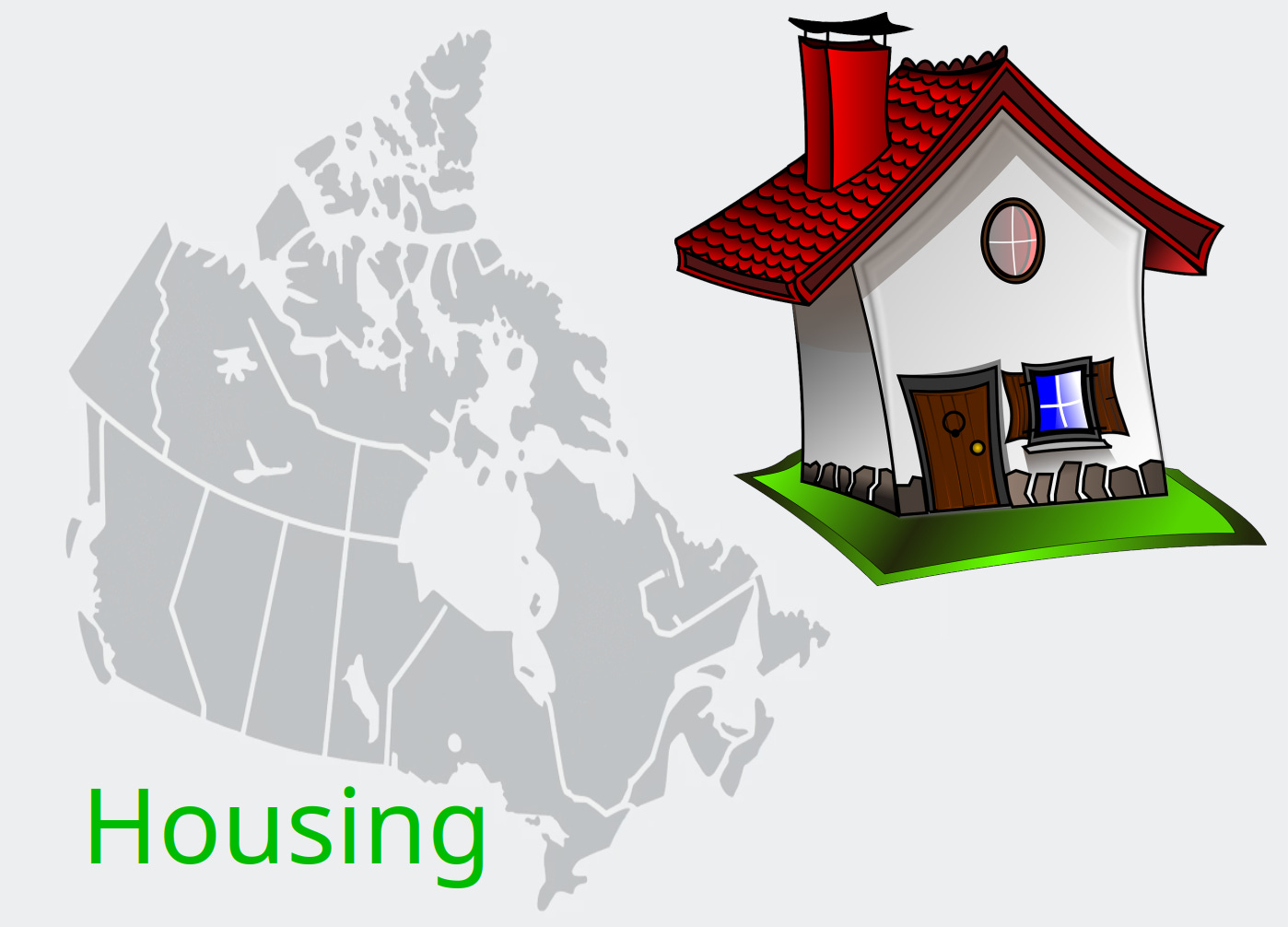Why Aren't Federal Affordable Housing Initiatives Designed to Build Affordable Housing?
I recently came across a fascinating piece analyzing why publicly-funded affordable housing projects cost so much more in Chicago than in Houston. Much of the problem came down to the criteria used by the Illinois Housing Development Authority (IHDA) to allocate tax credits:
“For the general scoring track, 10% of points are awarded for extra accessibility features, 13% are awarded for additional energy efficiency criteria, 15% are awarded based on the makeup of the development team, and an extra 4% are headed out to non-profit developers. Only 3% of scorecard points are awarded based on project cost.”
When you push developers to focus less on cost savings than on accessibility, energy efficiency, the racial identities of the development team, and organizational structure, you can hardly expect them to deliver affordable homes.
In fact, Chicago is apparently something of an outlier even in the U.S. But I’m curious to see if anything like this has been incorporated into any of the active housing programs currently offered by the federal government. Those programs, for the record, include:
Affordable Housing Fund (AHF)
Canada Greener Affordable Housing (CGAH) Program
Canada Housing Benefit (CHB)
Sustainable Affordable Housing (SAH) Initiative
Affordable Housing Innovation Fund
Looking at application material for the Affordable Housing Fund, I came across this mandatory Energy Efficiency Criteria Attestation form. That’s where new construction developers are required to agree to minimum efficiency standards:
“Projects must achieve Tier 2 of the 2020 National Energy Code for Buildings (NECB) or Tier 3 of the 2020 National Building Code (NBC).”
There’s certainly nothing wrong with energy efficient construction. But such standards will force developers to pay significantly more for upgrades to elements like the building envelope (insulation), HVAC and mechanical (high efficiency furnaces and heat recovery ventilators), lighting and electrical (solar-ready designs), airtightness testing, and labor and design premiums.
Let’s consider the theoretical costs of building a new low-rise (six-unit) rental building in mid-town Toronto. Assuming baseline construction costs (not including land acquisition) of $1.8 million for the 6,000-8,000 sq ft building, those efficiency requirements will add around $200,000 in direct costs - about 11 percent of the total.
Now it’s true that some of those upgrades could reduce annual energy consumption costs - perhaps by as much as $100,000 over 20 years. But that’s “over 20 years” and “could reduce”. Up front, it’s almost certain that you’ll see higher occupancy costs.
The AHD program guidelines also prioritize projects meeting the National Housing Strategy’s priority areas for action. Those areas include:
Accessible housing, which can require wider hallways, zero-step entrances, and larger bathrooms.
Supportive wrap-around services, which might mean adding space to accommodate support staff offices, counseling rooms, or community areas.
Proximity to services, transit, and employment, which could include working with smaller footprints, underground parking, or contributions to public realm improvements like sidewalks and bike lanes.
It’s not unreasonable to assume that incorporating such functionality into the new construction of a six-unit rental building could add as much as $700,000 to our $1.8 million base budget. Piling that on top of the energy efficiency premium we just saw could push the total up-front development costs as much as 50 percent above the base.
In other words, although the communication surrounding these federal programs frames them as targeting affordable housing, they’re really mostly about promoting the values of social inclusion and energy efficiency.
Both of those are perfectly reasonable goals, but they’re demonstrably not compatible with affordable housing.



I built the last two houses that I've lived in, the most recent conforming to a building code of 2014 which was replaced a year later. I saved tens of thousands using the older code and likely ensured the structure would last longer than the more modern codes which essentially force people to live in well insulated hermetically sealed plastic bags with continual pumping of air exchangers. Wall cavities need to breath and polyolefin (TYVEK type) wraps do not allow breathing as well as old fashion tar paper. Energy obsessions drive the building codes in a country with more natural gas than brains. Feudal land ownership and central planning (energy fascism) at all levels of leviathan make "affordable housing" one the biggest delusions proffered by politicians.
There is something to be said about making these types of residences "more" affordable. I still think it's a good move, even if they cost more than having housing that is built to former standards. Using government incentives to boost adoption of these new standards should bring down some of those costs in the medium-long term by spurring new entrants, not only in construction but also in manufacturing.
Energy costs are inevitably on the rise. We still shouldn't be looking to build coal plants though, or at the very last, coal plants without stringent pollution controls. We should build housing to be as efficient as possible to offset those future increases. If the government doesn't want to build it itself, own and operate them, then they should at least participate in lowering the upfront capital costs.
I am in the middle of doing some retrofits on a home built to 2000 building codes (basement insulation, cold-climate heat pump, and solar), and the cost was not insignificant so I can just imagine doing it to all of the still older homes (at least this home was insulated to those standards - which have since been further enhanced). Building it right from the start will save in the long run (my upgrades should pay off in 7-10).